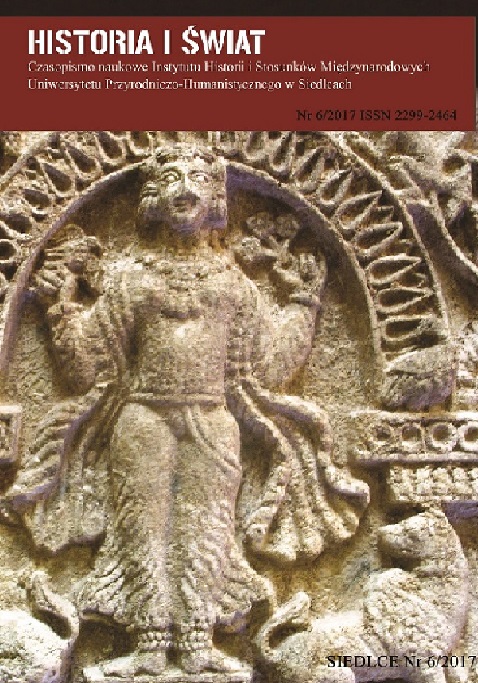«Культурный» Панмонголизм или романтики начала ХХ в. = «Kul'turnyy» Panmongolizm ili romantiki nachala XX v.
DOI:
https://doi.org/10.34739/his.2017.06.11Keywords:
Pan-Mongolism, Buryatia, Russia, TibetAbstract
This paper examines Pan-Mongolism, a socio-cultural and political phenomenon negatively perceived from the outset. This notwithstanding, Pan-Mongolism occupied a special place in ethnic Buryatia. Its development was strongly influenced by the Buryat national movement in the early twentieth century that pursued national autonomy as its major goal. To a great extent the development of Pan-Mongolism was intensified by the foreign policy interests of Russia in Asia, particularly, in Tibet, and by the religious, diplomatic and public activity of Dalai Lama 13th mentor Agvan Dorzhiev, a proponent of a “great Buddhist confederation” that ensured positive attitude of the principal hierarch of Buddhism toward Russia. External factors that contributed to the emergence of the idea of national-cultural autonomy and “cultural Pan-Mongolism” in the period when various political groups and autonomist scenarios shaped played an important role in the evolution of Pan-Mongolism. All this led to the fact that “cultural Pan-Mongolism” became a catalyst of development of humanitarian knowledge, a basic element of the further construction of national state of the Mongols. In the process of discussion Pan-Mongolism went beyond the Buryat area and started to ripen as a Pan-Mongolian movement that gradually grew into Pan-Mongolist ideology.
Downloads
Downloads
Published
How to Cite
Issue
Section
License
Copyright (c) 2017 Historia i Świat

This work is licensed under a Creative Commons Attribution-NoDerivatives 4.0 International License.




